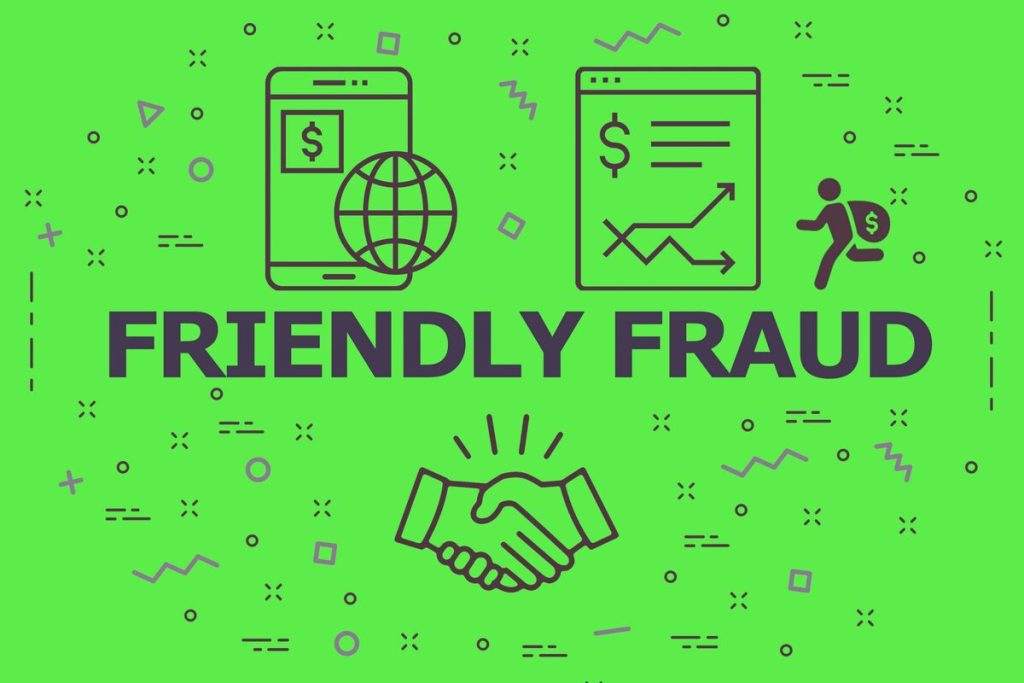Friendly fraud, or chargeback fraud, has become a significant issue for businesses, especially in e-commerce. It occurs when a cardholder disputes a legitimate charge, leading to a chargeback. While termed “friendly,” this type of fraud can seriously harm a business’s finances. This guide outlines the types of friendly fraud, its financial impact, and effective prevention strategies, with a special focus on how companies like Merchanto.org can assist in managing these risks.
Introduction to Friendly Fraud
Friendly fraud occurs when a consumer disputes a legitimate charge, causing a chargeback. This form of fraud now accounts for up to 75% of all chargebacks. It’s particularly prevalent in the digital age, where card-not-present (CNP) transactions are common.
Table 1: Breakdown of Chargeback Fraud Types
| Type of Fraud | Percentage of Total Chargebacks | Estimated Annual Cost |
|---|---|---|
| Friendly Fraud | 75% | $25 billion |
| Identity Theft | 15% | $5 billion |
| Merchant Error | 10% | $3 billion |
Types of Friendly Fraud
Friendly fraud can be accidental or deliberate.
Accidental Friendly Fraud
Accidental fraud often results from misunderstandings:
- Misidentification of Transactions: Customers might not recognize a transaction on their statement due to unclear billing descriptors. For example, if the merchant’s legal name differs from the transaction name, the cardholder may mistakenly dispute the charge.
- Unauthorized Household Purchases: Family members, especially children, may use a card without the cardholder’s knowledge, leading to unintended disputes.
Deliberate Friendly Fraud
Deliberate fraud is intentional:
- Buyer’s Remorse: Customers regret a purchase and file a chargeback instead of requesting a refund.
- Item-Not-Received (INR) Claims: Customers falsely claim they didn’t receive their order, seeking a refund while keeping the product.

The Financial Impact on Businesses
The financial impact of friendly fraud is significant. According to industry reports, businesses lose $3.75 for every $1 disputed. These losses include not only the refunded transaction but also associated fees such as chargeback processing and shipping costs, and the loss of the goods or services provided.
Businesses with high chargeback ratios may face penalties from payment processors, including increased transaction fees or account termination, making chargeback management critical for profitability.
Table 2: Average Cost Breakdown of a Chargeback Incident
| Cost Component | Average Cost per Incident |
|---|---|
| Refunded Transaction Amount | $100 |
| Chargeback Fee | $20 |
| Shipping Costs | $10 |
| Lost Inventory or Service | $50 |
| Total Cost per Chargeback Incident | $180 |
Common Causes of Friendly Fraud
Friendly fraud can be triggered by various factors, often linked to consumer behavior or merchant practices. Common causes include:
- Billing Descriptor Confusion:
- Unclear billing descriptors can lead customers to dispute legitimate charges. Businesses should ensure that their billing descriptor matches their public-facing brand name to prevent confusion.
- Impulse Purchases:
- Customers may make quick purchases and later regret them, leading to chargebacks instead of refund requests.
- Miscommunication within Households:
- When multiple people have access to the same credit card, unrecognized purchases by other household members can lead to disputes.
Prevention Strategies
To mitigate friendly fraud, businesses should adopt these strategies:
- Clear Communication:
- Ensure that customers understand refund policies. Make these policies easily accessible to reduce the likelihood of disputes.
- Accurate Billing Descriptors:
- Use clear and consistent billing descriptors that reflect the business name recognized by the consumer. This prevents accidental chargebacks.
- Fraud Detection Technologies:
- Employ AI-powered tools to detect and prevent fraudulent transactions by analyzing patterns and customer behavior.
- Customer Education:
- Educate customers on the proper channels for refunds and disputes to reduce chargebacks. Use email communication, FAQ sections, and the checkout process to inform them.
- Partnering with Experts:
- Collaborate with specialists like Merchanto.org, an official partner of VISA and MasterCard, to manage and prevent chargebacks. Merchanto.org offers tailored solutions that align with industry standards, helping businesses maintain a low chargeback ratio. Learn more at Merchanto.org.

How to Respond to Friendly Fraud
Even with preventive measures, friendly fraud may still occur. Businesses should respond swiftly:
- Investigation:
- Immediately investigate the transaction upon receiving a chargeback. Review transaction details, check for any previous disputes, and verify delivery or usage of the product or service.
- Documentation and Evidence:
- Present compelling evidence, such as proof of delivery and communication records, to support the transaction’s legitimacy.
- Chargeback Management Systems:
- Implement a chargeback management system to automate the response process, making it easier to track disputes, gather evidence, and submit it to the issuing bank. This improves the chances of winning disputes and recovering lost revenue.
Industry Insights and Trends
Friendly fraud is increasing, driven by the growth of e-commerce and the rise in card-not-present transactions. Reports indicate that nearly 20% of consumers who have filed a chargeback dispute admit to committing first-party fraud. In the U.S. alone, friendly fraud costs exceed $25 billion annually.
To combat this, payment networks like Visa and Mastercard have introduced new tools and policies aimed at reducing the impact of friendly fraud on merchants. Visa’s recent updates to its dispute program allow merchants to provide additional evidence to invalidate chargeback claims, leveling the playing field for businesses.
Table 3: Friendly Fraud Statistics and Trends
| Metric | Statistic |
|---|---|
| Percentage of Chargebacks from Friendly Fraud | 75% of total chargebacks |
| Annual Cost of Friendly Fraud (U.S.) | $25 billion |
| Average Cost per Chargeback Incident | $180 |
| Consumer Admission to First-Party Fraud | 20% |
Conclusion
Friendly fraud is a significant issue that requires proactive management. By understanding the types and causes of friendly fraud, implementing robust prevention strategies, and responding effectively to incidents, businesses can mitigate the financial and reputational damage associated with this type of fraud.
In the digital age, staying ahead of fraud trends is essential for business success and growth.



